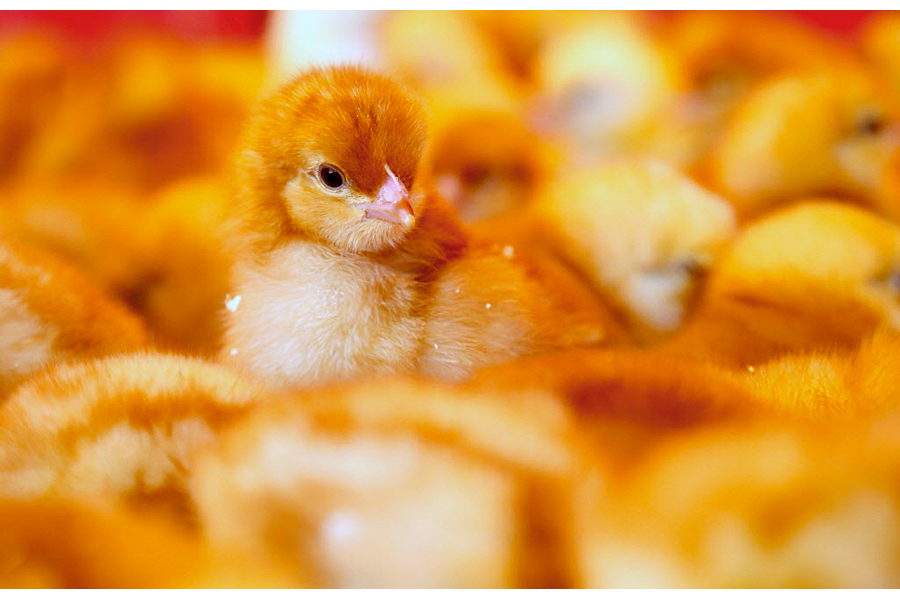Egg producers pledge to stop killing newborn male chicks
Loading...
What many regard as a gruesome practice may soon come to an end.
Today, male chicks – just a day old, and useless to the egg-producing industry due to their inability to grow large enough for meat and to lay eggs in the future – are thrown into a high-speed industrial grinder, are suffocated, or have their spinal cords severed. The industry disposes of hundreds of millions of newborn chicks this way each year because it’s just not cost-effective to raise them.
But that practice may not continue for much longer, thanks to new technologies in sex identification.
In a historic turnaround Thursday, the United Egg Producers, which represents 95 percent of the industry in the United States, announced it would end the practice of culling male chicks by 2020.
"We are aware that there are a number of international research initiatives underway in this area, and we encourage the development of an alternative with the goal of eliminating the culling of day-old male chicks,” Chad Gregory, United Egg Producers’s president and chief executive, said in a statement released by The Humane League, an animal rights organization which “exclusively” negotiated the pledge with the trade group.
The United Egg Producers plans to end the practice either by 2020, or as soon as technology is “commercially available” and “economically feasible,” with the rest of the industry in the US and abroad likely to follow suit.
This action will virtually end the practice of culling in the United States, said The Humane League, in the statement.
“It is clear that chick culling will soon be a thing of the past,” said David Coman-Hidy, executive director of The Humane League. “We are proud to have played such a pivotal role in doing away with this barbaric convention.”
The United Egg Producer’s pledge is an example of how innovation, in particular genetic modification, can bring about more humane food practices.
Nearly every male chick in hatcheries is killed, a number that reaches the hundreds of millions in the US, according to the statement, and billions worldwide, according to the Guardian. “The business logic behind chick culling is hard to get around,” writes Vox. “There's no reason to keep the male chicks alive; they're not useful for meat, as broiler chickens are bred in a totally different manner, to maximize size and quantity of meat.”
Public outrage over the practice escalated after an undercover video of chicks being led into an industrial grinder in an Iowa hatchery was released by Mercy for Animals, a Chicago-based organization. Although industry leaders said there are many hatcheries that have wanted to abandon culling, it was uneconomical for them to do so until now, thanks to “in-ovo egg sexing.”
Ovo sexing, developed in the Netherlands by the biotech startup In Ovo, is a simple test that identifies the sex of a future chick while it is still inside a fertilized egg. With it, a hatchery could terminate male eggs before they hatch, and use the embryos for vaccines or pet food, according to the Guardian. Fertilized eggs presumably aren’t very appetizing for humans, writes Vox. Ovo sexing isn’t the only possible technology hatcheries are excited about.
Other alternatives include one technology that would turn male eggs a different color than those of females, reported The Washington Post. Australian researchers, for instance, have found a way to inject a green fluorescent protein gene on the male chromosome of chicks, reported The Sydney Morning Herald.
To animal-rights activists, the end of culling is only a half a victory. Egg-laying hens, the sisters and mothers of male chicks, often live their 18-month lives inside a cage, laying hundreds of eggs. That practice, too, may be near an end, as major food suppliers, including Walmart and Kroger, have said they will only accept cage-free eggs, according to The Humane League statement.







